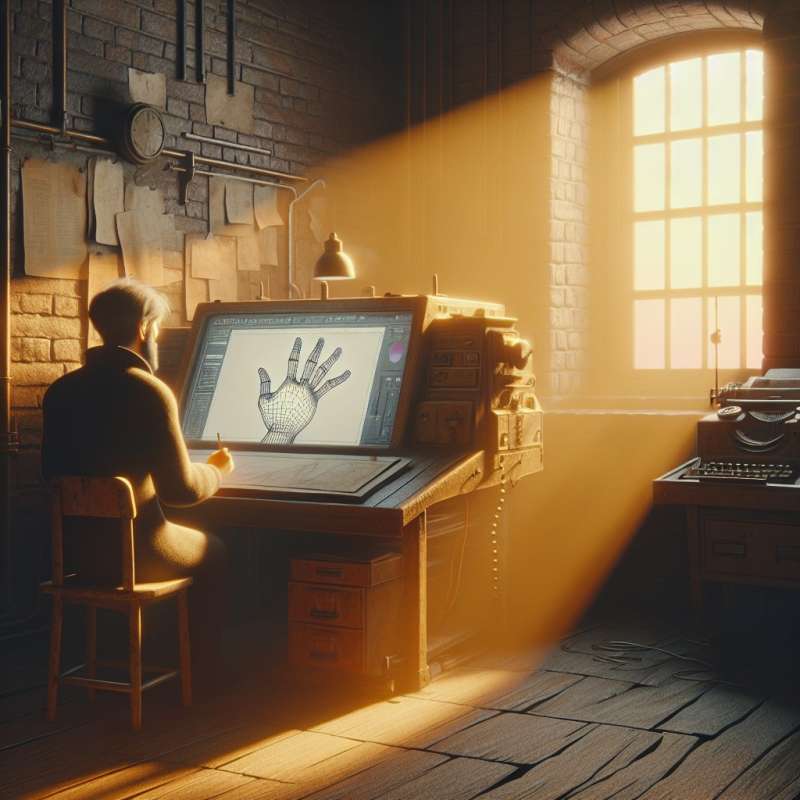
3D Animation Origins
3D animation emerged from 2D techniques, evolving significantly with computer graphics. Its first appearance was in the 1972 movie 'Futureworld', featuring a 3D hand and face.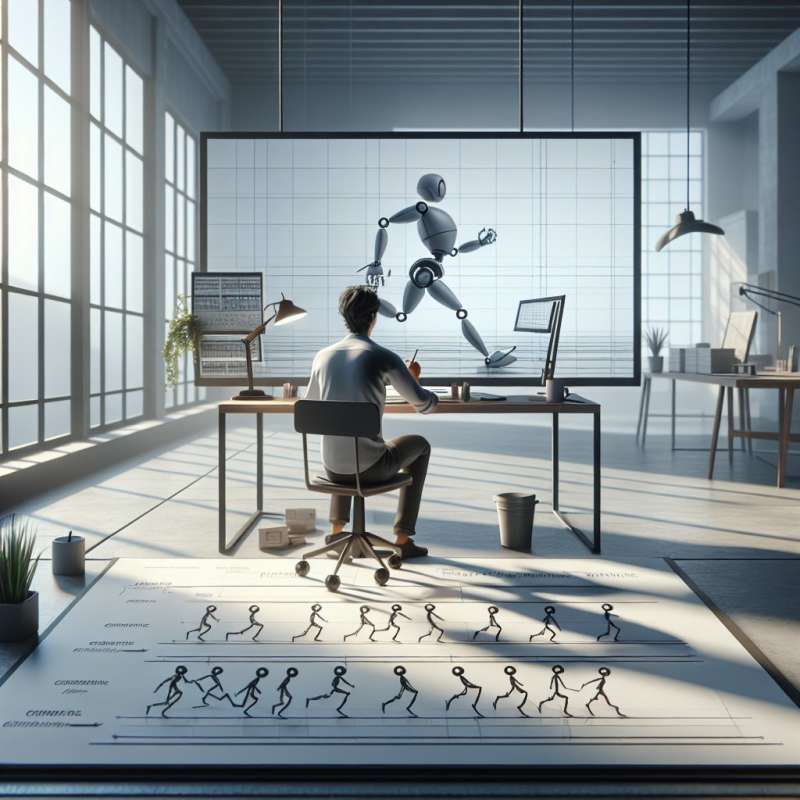
Keyframe Animation Basics
In 3D animation, keyframes are pivotal. Animators define start and end points for movement, allowing software to interpolate the in-between frames, creating fluid motion.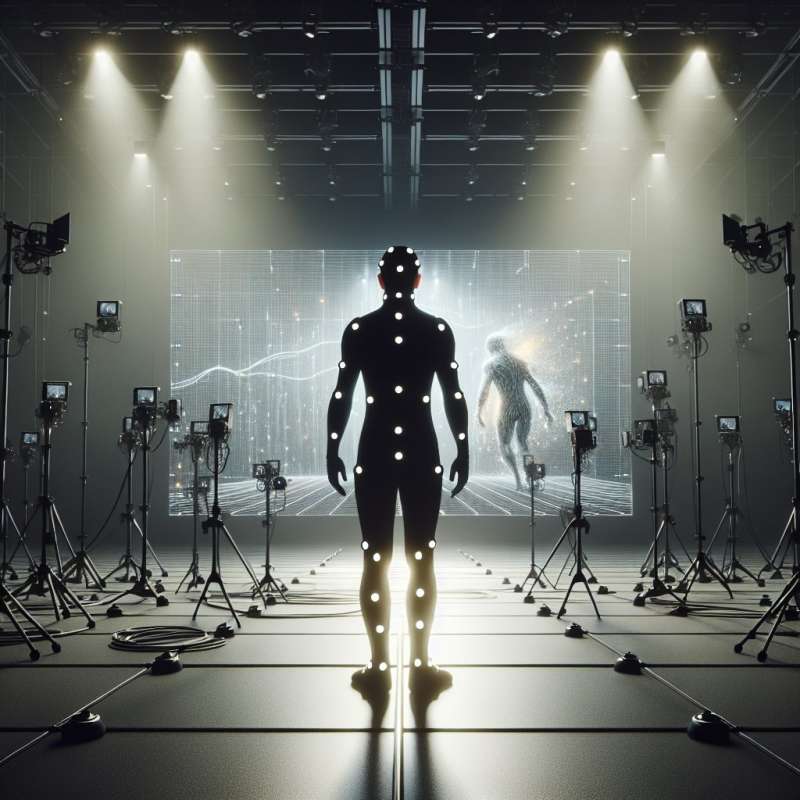
Motion Capture Evolution
Motion capture brings realism to 3D animation, capturing human actors' movements. 'Avatar'(2009) revolutionized this, blending live acting with detailed digital environments.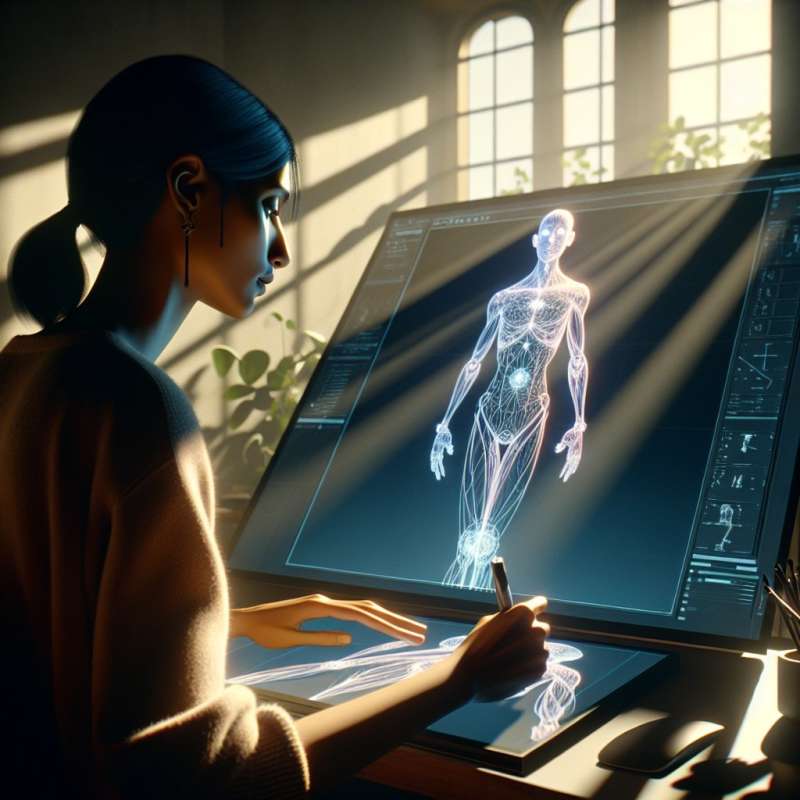
Rigging: Skeletons Behind Mesh
Rigging is creating the bone structure for 3D models. This 'skeleton' allows animators to move characters realistically, akin to puppetry.
Textures and Lighting
Textures provide surface detail, while lighting creates atmosphere. Pixar developed the RenderMan shading language, enhancing texture and lighting realism since the 1980s.
3D Printing Animated Characters
Surprisingly, 3D animation intersects with physical objects through 3D printing. Films like 'ParaNorman'(2012) used printed models for stop-motion, blending animation techniques.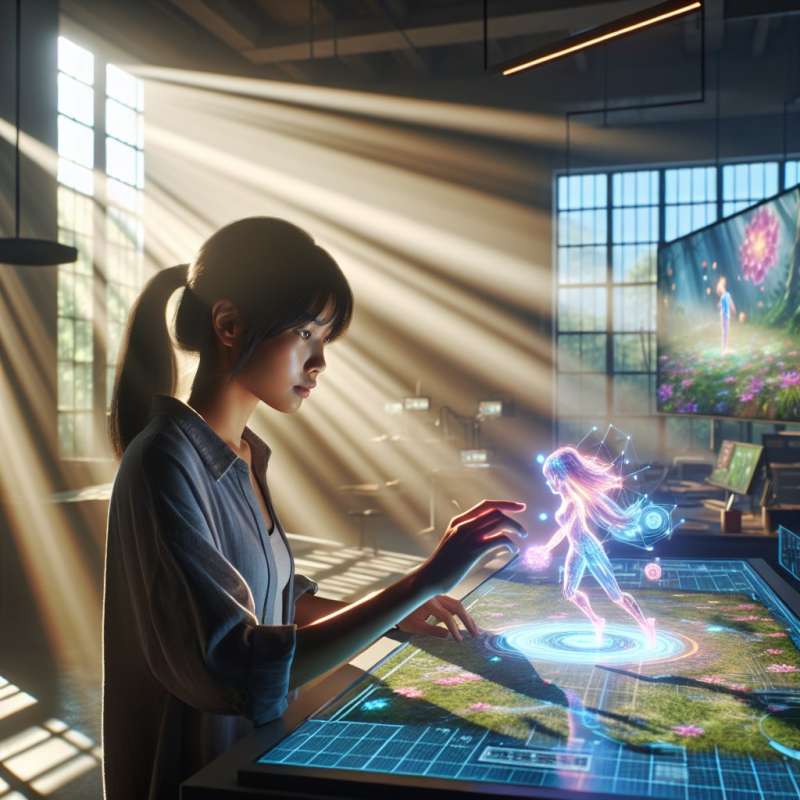
Future: Real-Time Rendering
Real-time rendering technologies, used in video games, are influencing the film industry, enabling quicker feedback and iterative processes during animation production.
When did 3D animation first appear?
1972 in 'Futureworld'
1980s with Pixar
2009 in 'Avatar'
Company